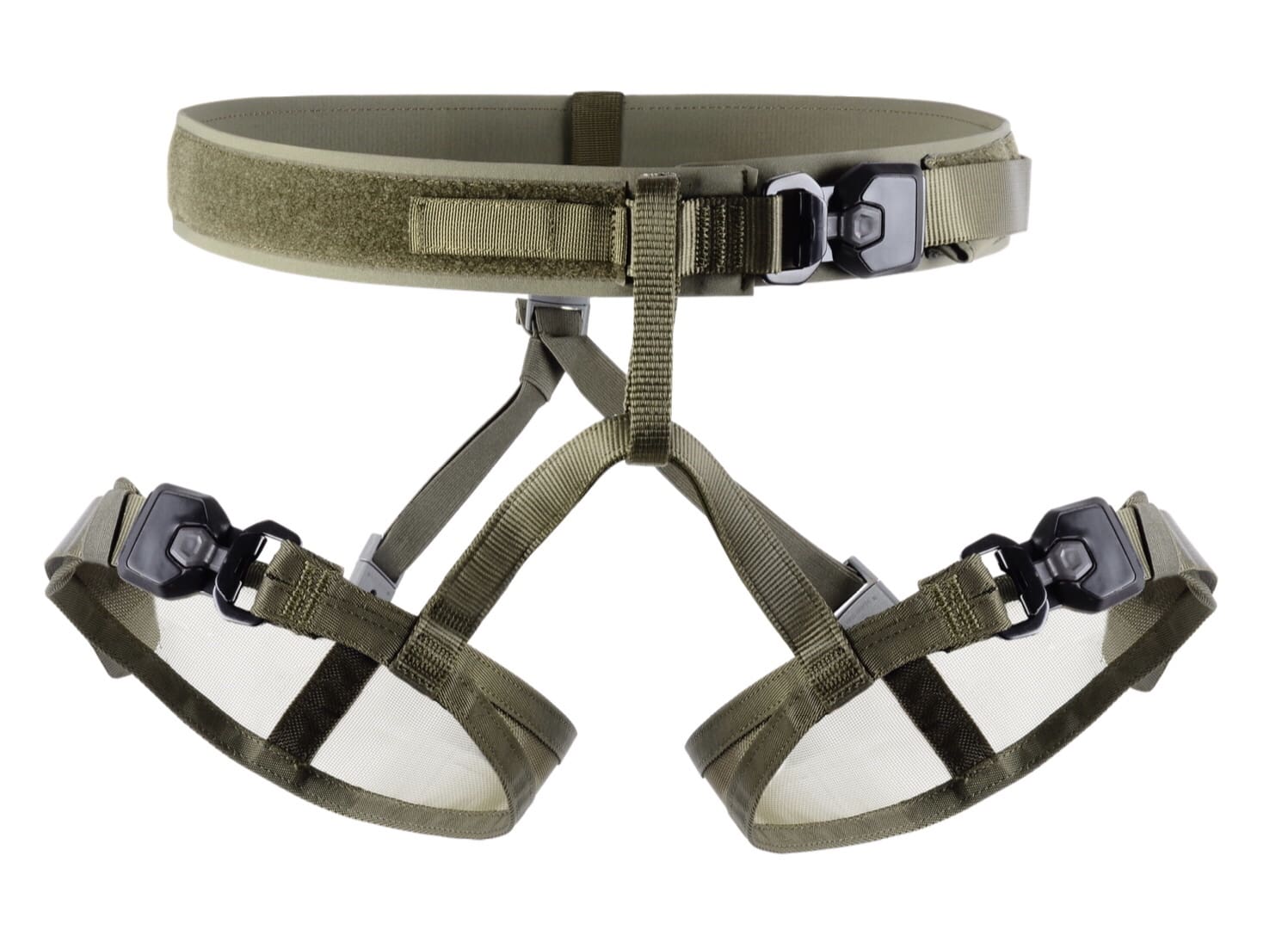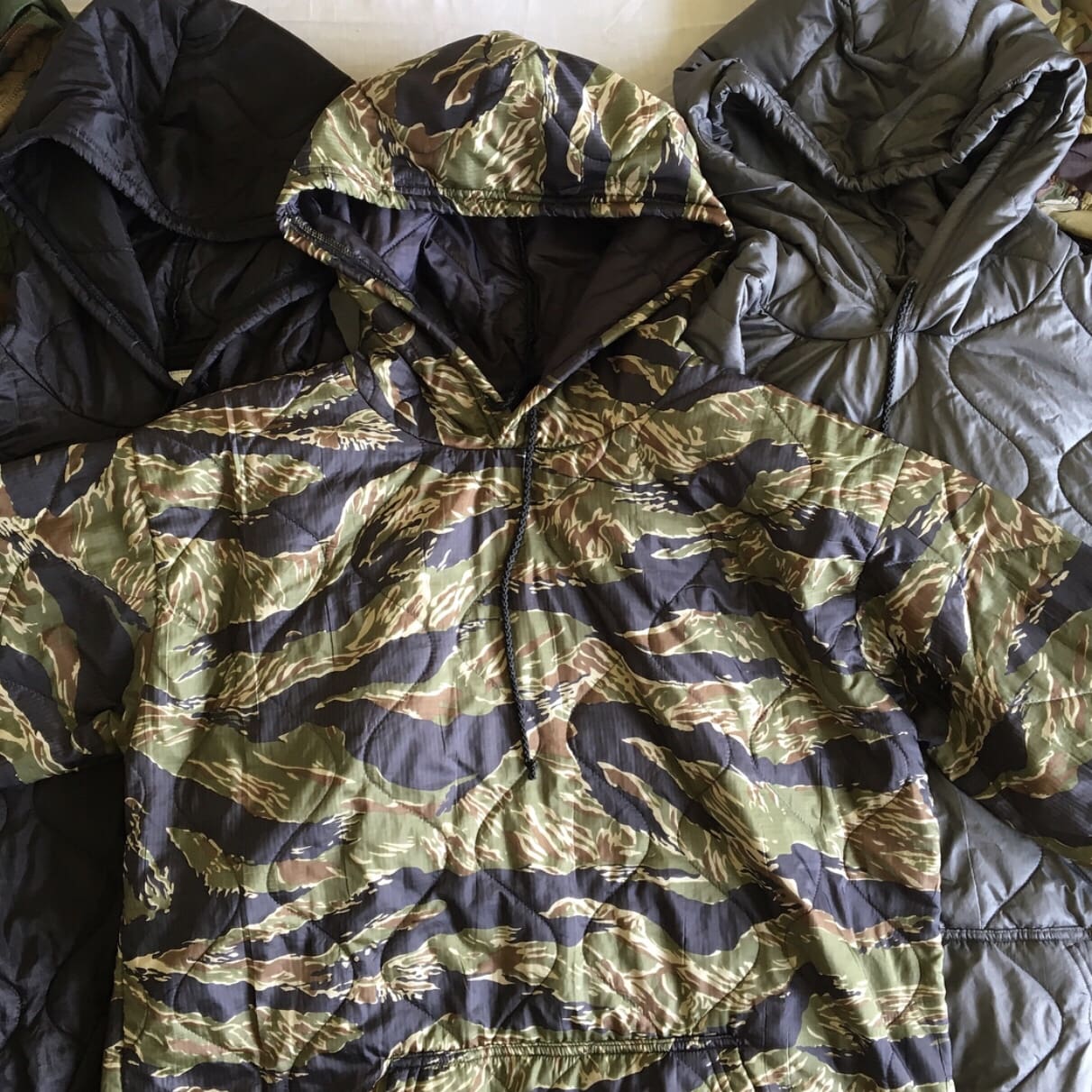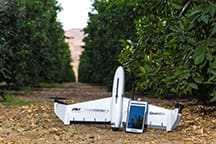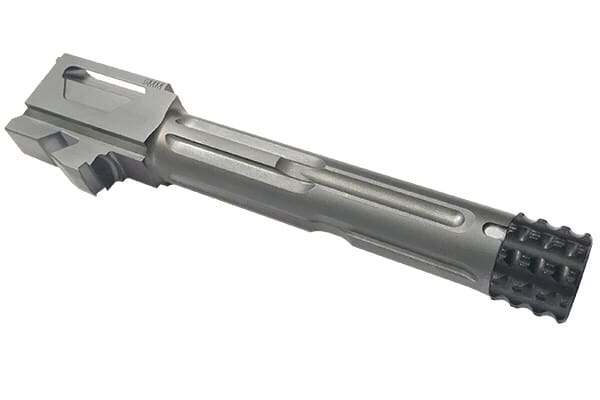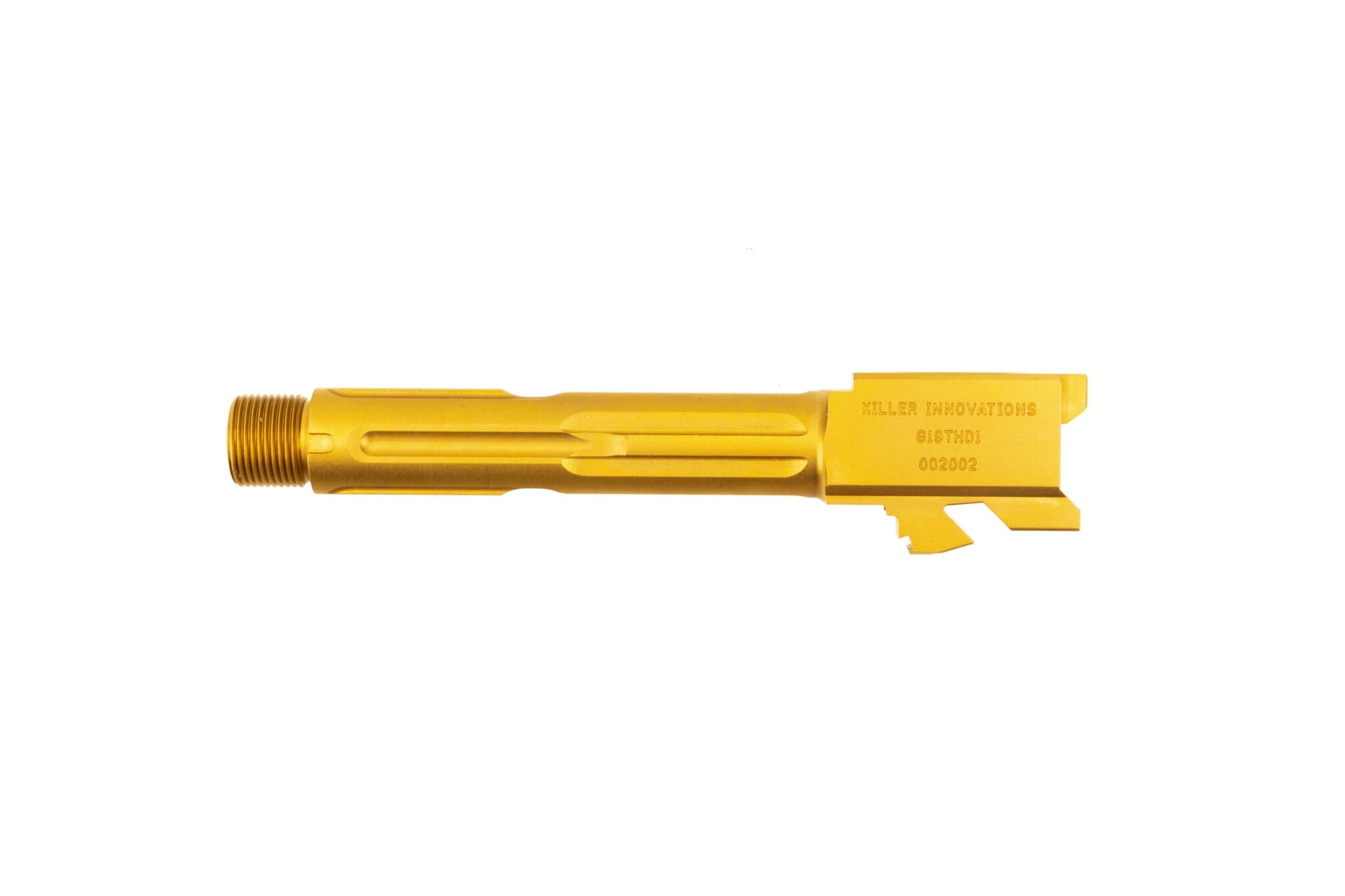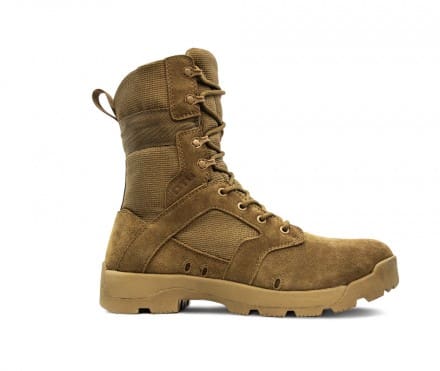WASHINGTON — As of January 2018, over 1 million micro drones were registered with the Federal Aviation Administration, with about 878,000 of those registered to hobbyists, said Dr. Juanita Christensen.
These micro drones are proliferating in other nations as well, including areas in every combatant command where U.S. forces are stationed or operating, she added.
Christensen, executive director of the Aviation and Missile, Army Research, Development and Engineering Command, spoke at the Institute for Defense & Government Advancement-sponsored Counter-UAS Summit here, Aug. 23.
The growth of drone ownership poses challenges, she said, such as identifying the unmanned aerial system, determining whether or not the unmanned aerial system is friend or foe, and, if foe, employing the right countermeasures.
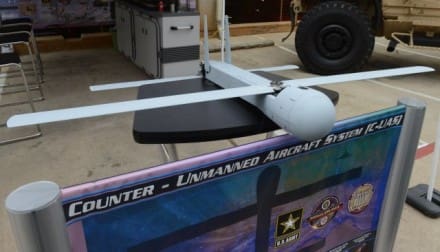
The U.S. Army is at the forefront of identifying and mitigating threats from unmanned aerial systems, including identifying the UAS, determining whether or not the unmanned aerial system is friend or foe, and, if foe, employing the right countermeasures. (Photo Credit: U.S. Army photo David Vergun)
UAS IDENTIFICATION CHALLENGE
It’s not just the sheer number of drones that is an issue, but also the the hundreds of UAS variants being produced worldwide, Christensen said.
Each of these variants comes in different weights, shapes, and sizes. Additionally, each has different operating characteristics such as speed, flight duration, maneuverability and payload capacity. These variations make tracking them difficult because it’s hard for radars and other surveillance systems to identify exactly what’s out there, she said.
Another reason why it’s hard to identify UASs, she said, is that many are very small and therefore have a minuscule radar signature. Additionally, some of these UAS fly very low to the ground, away from a radar’s line of sight. They also move relatively slowly, similar to the flight of a bird, and they produce very little acoustic, infrared, radio frequency, or electromagnetic signatures.
Current military radars and surveillance sensors may categorize class 1 and 2 UASs as “clutter,” and not identify them as UAS, she said, explaining that class 1 and 2 consist of micro and mini UAS, respectively. These are the UAS systems commercially available to anyone.
The second challenge is determining whether or not the UAS is being flown by a hobbyist or commercial entity for benign reasons, or by someone bent on causing harm, she said.
Any number of payloads can be placed on a UAS and they can also be used for surveillance, Christensen added, declining to get more specific for security reasons.
This identification problem is especially acute because operators often have to determine friend from foe and what action to take in just a matter of seconds.
UAS COUNTERMEASURES CHALLENGE
RDECOM has recognized the importance of countering UAS for some time now, Christensen said.
In January 2014, RDECOM stood up the Counter-UAS Community of Practice. That community coordinates counter-UAS research with all of the labs across the Army and the other services and looks for solutions from industry and academia, she said.
For example, the Army Research Laboratory, which falls under RDECOM, is working with the community to study how to defeat swarms of enemy UASs, she said. And, the Communications-Electronics Research, Development and Engineering Center, also in RDECOM, is testing electronic countermeasures.
The community also is working with industry and academia to open new lines of effort, such as applying machine learning and artificial intelligence that will enable faster processing of data so that countermeasures can be taken much more quickly and with greater accuracy, she said.
The community is focused on class 1, 2 and 3 UAS threats, she said, explaining that class 3 consists of low-end tactical UAS. The other classes, 4 and 5, are high-end tactical and strategic UASs, respectively, that fly high and for long durations and are in the Air Force’s area of responsibility.
There are many promising lines of effort to deter a threatening UAS, she said, such as kinetic; passive, such as shooting a missile at the UAS that contains a net that deploys to take it down intact; sensitive sensors that can detect the UAS’s signatures emitted; and various types of jamming devices.
Besides going after the UAS itself, there are other efforts underway to defeat the “kill chain aspect,” she said, meaning eliminating the enemy UAS operator and the network behind it.
By David Vergun, Army News Service
